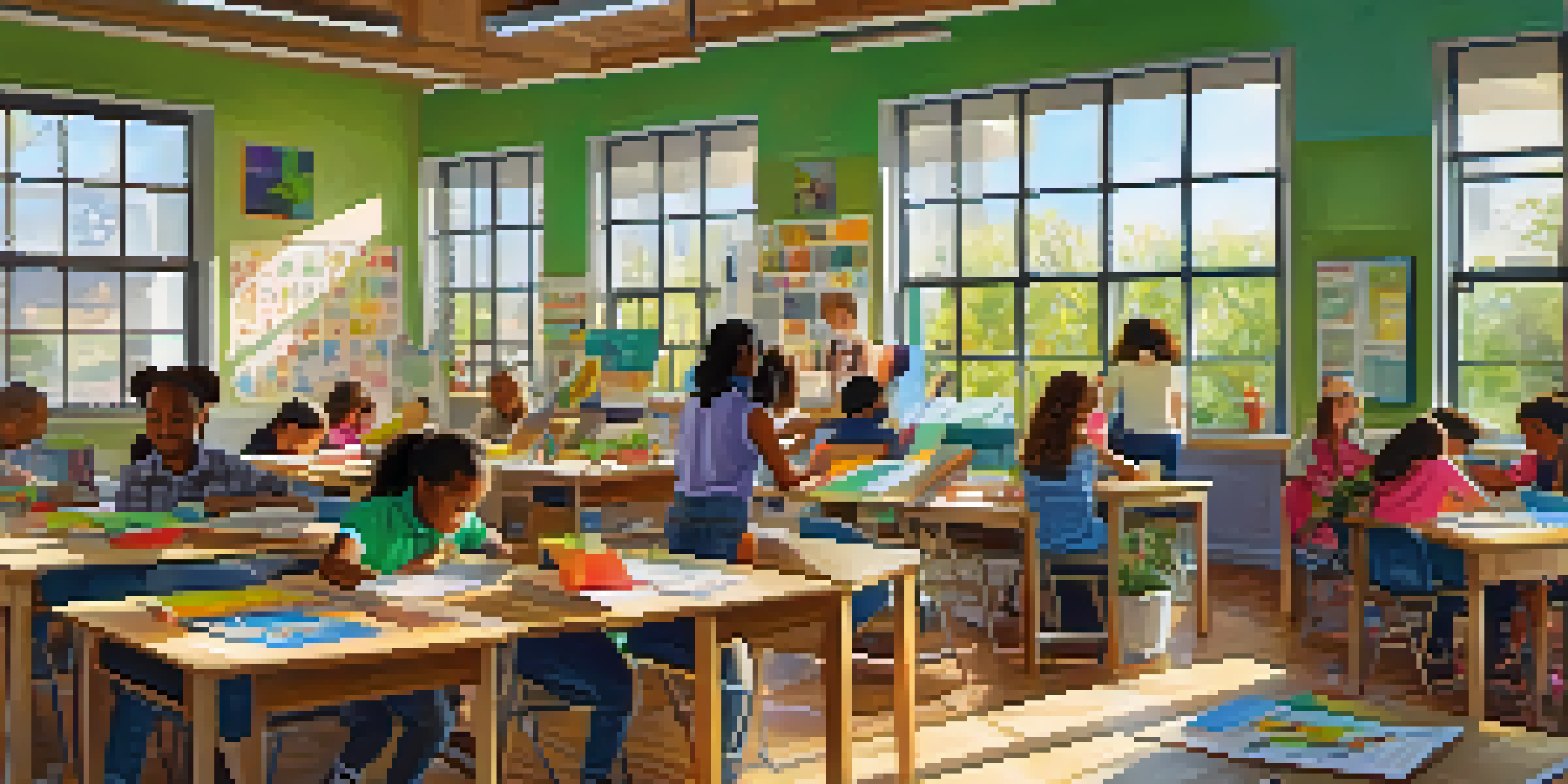Creating a Student-Centered Curriculum in Personalized Learning

Understanding Student-Centered Learning Approaches
Student-centered learning shifts the focus from the teacher to the student. In this model, students actively participate in their learning process, taking ownership of their educational journey. This approach recognizes that each student learns differently, allowing for tailored experiences that cater to individual needs and interests.
The Importance of Personalization in Education
Personalization in education means customizing learning experiences to fit each student's unique strengths and challenges. By incorporating their interests and learning styles, teachers can create a more engaging and effective learning environment. This not only enhances students’ motivation but also fosters a deeper understanding of the material.
Emphasizing Student Ownership
Student-centered learning encourages learners to take charge of their educational journey, fostering active participation.
Setting Learning Goals with Students
In a student-centered curriculum, goal-setting becomes a collaborative process. Students should be encouraged to set their own learning objectives, which can lead to greater investment in their education. This practice not only empowers students but also helps them develop essential skills in self-regulation and accountability.
Utilizing Varied Teaching Methods for Engagement
To create a student-centered curriculum, educators should employ diverse teaching methods that cater to different learning preferences. For example, incorporating hands-on activities, discussions, and digital tools can help reach students who thrive in various environments. By mixing up instructional strategies, teachers can keep students engaged and excited about learning.
Personalizing Education for Engagement
Tailoring learning experiences to individual strengths and interests enhances student motivation and understanding.
Creating a Supportive Learning Environment
A supportive learning environment is crucial for fostering student-centered learning. This involves building strong relationships between teachers and students, where open communication is encouraged. When students feel safe and valued, they are more likely to express their thoughts and take risks in their learning.
Integrating Technology in Personalized Learning
Technology plays a significant role in facilitating personalized learning experiences. Tools like educational apps and online platforms can provide students with resources tailored to their individual needs. Furthermore, technology enables teachers to track progress and adjust instruction based on real-time data, ensuring each student receives the support they need.
Building a Supportive Environment
Creating strong teacher-student relationships and open communication is crucial for a nurturing learning atmosphere.
Assessment Methods to Reflect Student-Centered Learning
Traditional assessment methods often fall short in a student-centered curriculum. Instead of relying solely on standardized tests, educators should adopt formative assessments that provide ongoing insights into students' progress. By using portfolios, self-assessments, and peer reviews, teachers can gain a holistic view of a student's abilities and growth.
Fostering a Growth Mindset in Students
Encouraging a growth mindset is essential for a successful student-centered curriculum. Students should be taught that intelligence and abilities can improve with effort and practice. By celebrating perseverance and learning from failures, educators can help students build resilience and a love for lifelong learning.